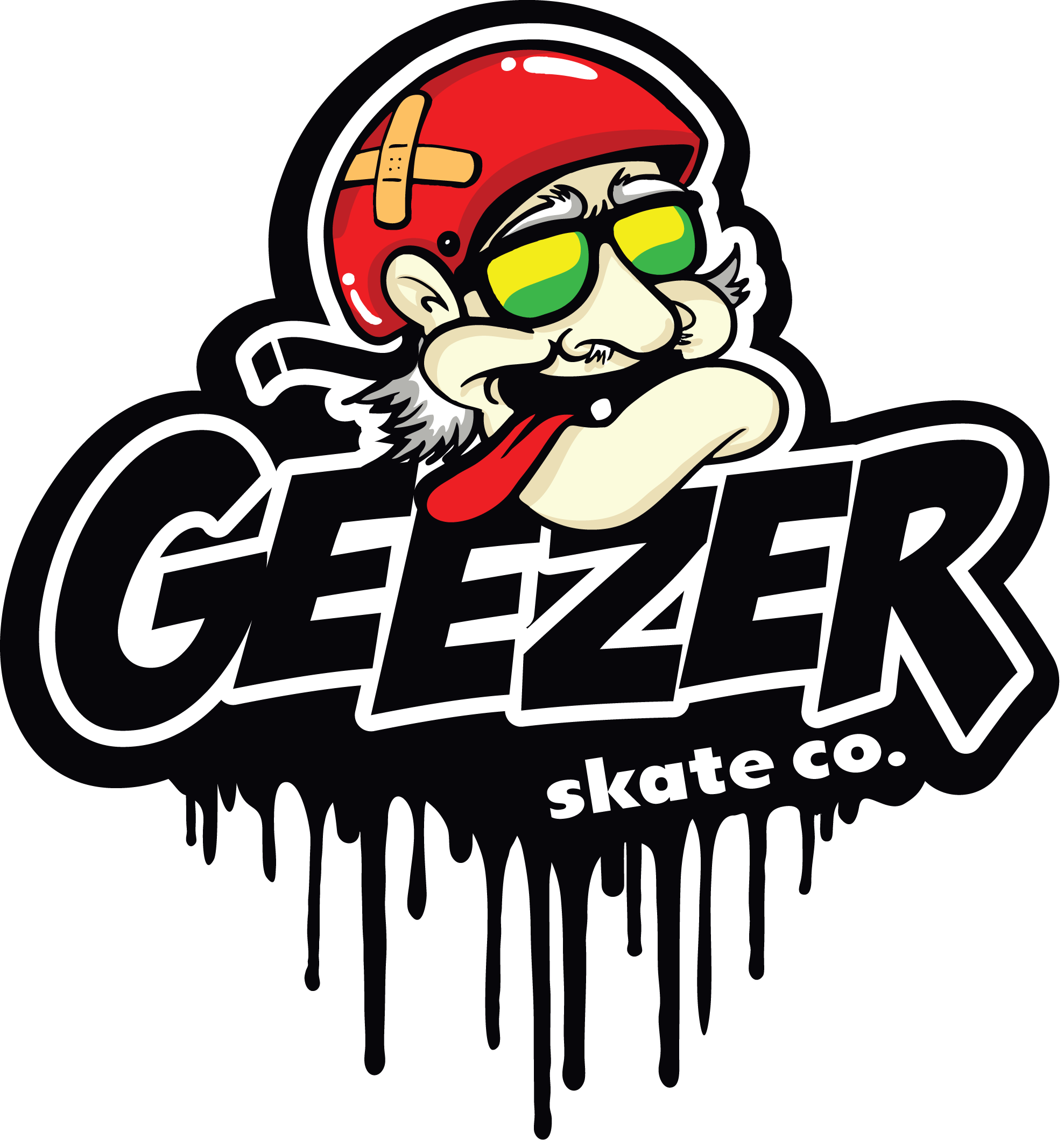Skateboard Wheels Secret Weapon - The Contact Patch!
Skateboard Wheels - Contact Patch
For years, I've purchased skateboard wheels based on size and hardness (56mm and 99A or 101A were my go-tos), until I rekindled my obsession with the old-school shapes and hardware. Old-school wheels are, for the most part, fat, bulbous and softer than modern ones (it's funny to call them modern as this shape, style and hardness has been around since the early 90s). It was from a company making wheels in the old-school way that I learned about more than just the diameter of a wheel. Speedlab Wheels (thanks for the tip, Super 8 Skateboarding Company!) is passionate about wheels and gives detailed descriptions for each of their products. Their analysis puts to shame OG wheel companies like OJs who give no such detail. This is where I learned about a measurement for the "contact patch".
SpeedLab Wheels expands on what the contact patch is:
” Contact patch is the part of the wheel that rolls on the surface you’re skating. A narrow contact patch can slide easier than a wider contact patch but it also depends on the hardness of the wheel (durometer).
I have a variety of different contact patches for my wheels. A narrow contact patch is preferred for street to make bluntslide/tailslide/noseslide easier. There is also less wheel to hang up on a ledge/curb/rail etc. for ex. Rodney Jones Pro model 52mm/101A A medium size contact patch is preferred for park/bowl/vert skating. It provides more surface to grip so you have a more controlled grip/slip. That means the wheels will grip when you need them to and slide when you want them too. For ex. Bombshells 57mm/99A A wide contact patch is preferred for slick & rough surfaces. A lot of wide contact patch wheels are softer duro too which help you keep your grip in sketchy spots. For ex. StrangeHouse 60mm/95A.
Ultimately you can skate any wheel you want for any style of skating you want to do on any surface you want. There are no rules. The contact patch is just a guideline that can help you decide which wheel is right for you and your skating.”
Warehouse Skateboards has a great write-up on all things wheels, including this statement about the contact patch:
"Why is contact patch important? If you have a large contact patch, your weight will be distributed over a larger area. This reduces the compression of the urethane in your wheels and decreases rolling resistance, which can slow down your wheel.
Wheel shape affects the size of your contact patch as well. Rounded wheels make less contact with the pavement, while square wheels make maximum contact with pavement. The placement of contact patches can also affect wheel performance."
Back in the day (early 90s for me), it was all about the tiny and skinny wheel - the contact patch was probably 10mm-12mm. Looking back, I have no idea how we skated those - the tiniest rock would send you flying! In fact, there was one such throw, going down a hill, where I hit a rock (wearing shorts and no pads) and flew down the rest of the way, leaving behind most of the skin on my right knee and palm. It was so bad, that I couldn't grow hair on that part of my leg for years!
Now that I have a frame of reference for Contact Patch, for how I skate these days, I seek out a wider one - 25mm to 30mm. There's something so smooth about riding a wheel with a fat patch and an 80A durometer. In my mind, this is what the early sidewalk surfers were seeking when they couldn't get out in the water - this feeling of smooth riding, even in a concrete jungle.
